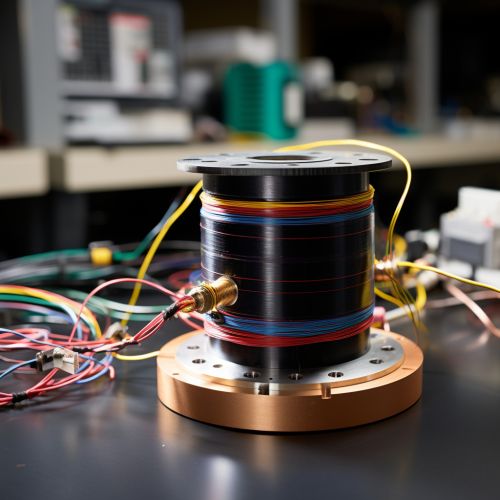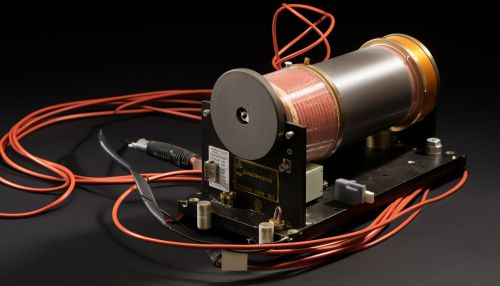Cryogenic Dark Matter Search
Introduction
The Cryogenic Dark Matter Search (CDMS) is a series of experiments designed to directly detect dark matter particles. Dark matter, a hypothesized form of matter that does not interact with the electromagnetic force, is thought to make up approximately 85% of the matter in the universe. The CDMS experiments aim to detect dark matter through its expected weak interactions with ordinary matter.
Background
The existence of dark matter was first proposed in the early 20th century to explain discrepancies in the rotational speeds of galaxies. Since then, numerous observational evidence from cosmology, galaxy clusters, and gravitational lensing have suggested the presence of dark matter. However, despite these indirect evidences, dark matter has not been directly detected, leading to various experimental efforts to do so, including the Cryogenic Dark Matter Search.
Experimental Design
The CDMS experiments utilize ultra-cold detectors made of germanium and silicon. These detectors are cooled to temperatures near absolute zero to minimize thermal noise. When a dark matter particle interacts with an atomic nucleus in the detector, it is expected to impart some of its energy to the nucleus, causing it to recoil. This recoil energy is then converted into an electrical signal that can be measured.


The detectors are shielded from cosmic rays and other sources of background radiation to reduce false signals. They are located deep underground, typically in a mine or other subterranean facility. The current CDMS experiment, SuperCDMS, is located at the Soudan Underground Mine State Park in Minnesota.
Results and Impact
The CDMS experiments have set some of the most stringent limits on the properties of dark matter particles. While they have not yet detected dark matter, their results have ruled out a large range of possible masses and interaction strengths for dark matter particles. These results have significantly constrained theoretical models of dark matter and have guided the design of future dark matter search experiments.
Future Directions
The next phase of the CDMS experiment, SuperCDMS SNOLAB, is currently under construction at the SNOLAB underground laboratory in Canada. This experiment will have significantly improved sensitivity compared to previous CDMS experiments, and it is expected to probe a wider range of dark matter particle properties.
